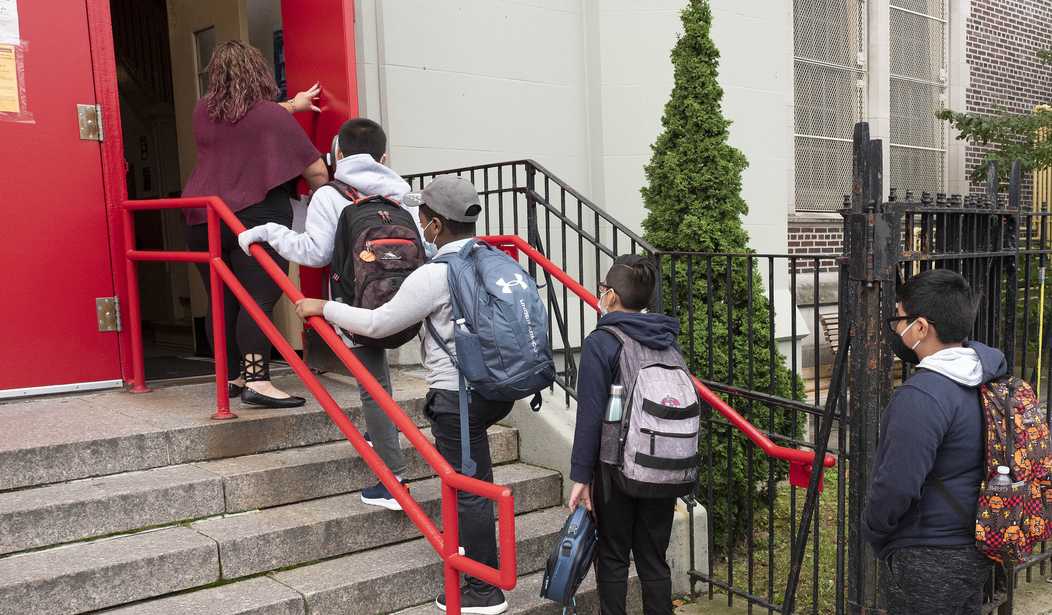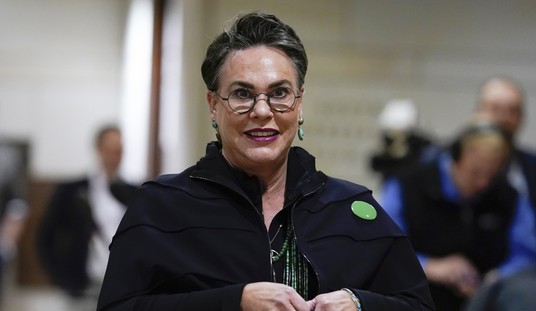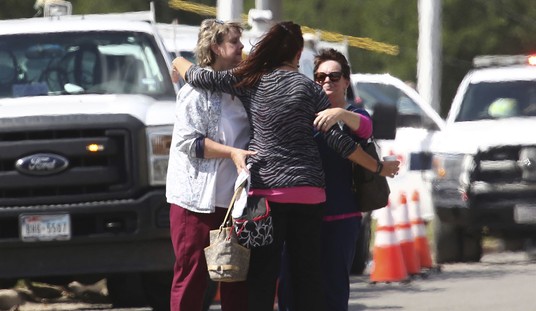These days it seems the news is inundated with increasingly dire projections about how much longer our daily lives will be disrupted as public health officials struggle to get a handle on the global COVID-19 pandemic.
A blip of hope has emerged, though, as most school districts across the country are now on track to return to some version of in-person learning. This news is considered long overdue and welcomed with open arms by weary parents, most of whom found themselves required to suddenly become part-time teachers in addition to their full-time careers.
The only population possibly more excited about the return to the classroom and a sense of normalcy than the parents is the students themselves.
During the summer months, the Centers for Disease Control (CDC) and the American Academy of Pediatrics (AAP) declared that schools should reopen for the educational, social, and mental health and well-being of school children. Both cautioned that prolonged absence of in-person education prevented children from important educational and social development, and both expressed concerns that nutritional and oversight of children’s home lives would be sorely neglected for low-income and at-risk kids.
Both were correct. The results of prolonged remote learning have been disastrous for American students. According to a December article published on the NBC News website:
- Emergency rooms have seen a 24 percent increase in mental health-related visits from children ages 5 to 11 compared to last year. The increase among older kids is even higher — 31 percent.
- Food banks have been slammed with hungry families as an estimated 17 million children — many largely cut off from free school lunches — are now in danger of not having enough to eat. That’s an increase of more than 6 million hungry children compared to before the pandemic.
- Schools are struggling to teach students remotely or in classrooms in which children wear masks and sit behind plastic shields. One national testing organization reported that the average student in grades 3-8 who took a math assessment this fall scored 5 to 10 percentile points behind students who took the same test last year, with Black, Hispanic and poor students falling even further behind.
- Classrooms have been unusually empty, with quarantines and sickness affecting attendance in face-to-face schools and computer issues interfering with online instruction. Some districts report that the number of students who’ve missed at least 10 percent of classes, which studies show could lead to devastating lifelong consequences, has more than doubled.
- And an estimated 3 million vulnerable students — who are homeless, in foster care, have disabilities or are learning English — appear to not be in school at all.
Even worse, experts believe the pandemic is responsible for an alarming spike in rates of depression, substance abuse, and even suicide among students whose social safety net was ripped away with no warning.
A Sept. 29 article in the Daily Signal points to studies showing that “(T)he stringent social-distancing measures put in place to combat the spread of COVID-19 have significantly worsened teen mental health. Because teenagers are social by nature and developmentally reliant on their peers, the pandemic has exacerbated mental health issues among an age cohort already vulnerable to begin with.”
Despite all the dreadful things our students have experienced over the last year, however, not everyone is excited for them to return to the classroom. America’s teachers’ unions appear to be the loudest — and seemingly only — opposition to schools reopening. “The push to reopen schools is rooted in sexism, racism and misogyny”, the Chicago Teachers Union wrote in a famous, now-deleted tweet. Similarly, to absolutely no one’s surprise, an equally ludicrous union president from the Washington Education Association stated that parents emailing school board members worried about the suicide risks present with their children are “ignorant,” and “another expression of white privilege.”
A December report from Fox 5 in Las Vegas confirmed the Clark County School District lost 11 students to suicide in one semester.
Some union pushback, though, is a bit less absurd and more honest about its intentions and desires. In July, a list of demands was published from United Teachers Los Angeles that would be required to be met before the 30,000 teachers represented by the union return to the classroom. Among the demands were defunding the police, Medicare for all, and a shutdown of all private charter schools. Similarly, the Oregon Education Association penned a letter asking that Gov. Kate Brown limit the number of Oregon students who could enroll in private online charter schools to continue receiving quality education.
Each of these examples has at least one thing in common. At the top of the list is that while teachers’ unions care about a great deal of things, the last thing they care about is our students.
Thankfully, it appears that while they wield a big stick, the teachers’ unions have overplayed their hand. Parents are furious. Those who can are putting their children in other educational settings and many are pressuring their state and local officials to stop taking their marching orders from union officials. The Chicago Teachers Union has lost the support of Mayor Lori Lightfoot. Rank-and-file educators in Bellevue, Wash. voted to return to work over the continued objections of their union leaders. The California teachers’ unions may very well help get Gov. Gavin Newsom recalled.
This isn’t a race or class issue. Prolonged remote learning is increasingly becoming a public health crisis in and of itself.
America must re-open the schools. Not to do so is imprisoning children to a life without socialization they did not choose and cannot control or escape, on top of a dismal educational future.
Jason Dudash is the Oregon director of the Freedom Foundation, a national nonprofit organization with the mission to advance individual liberty, free enterprise, and limited, accountable government.













Join the conversation as a VIP Member